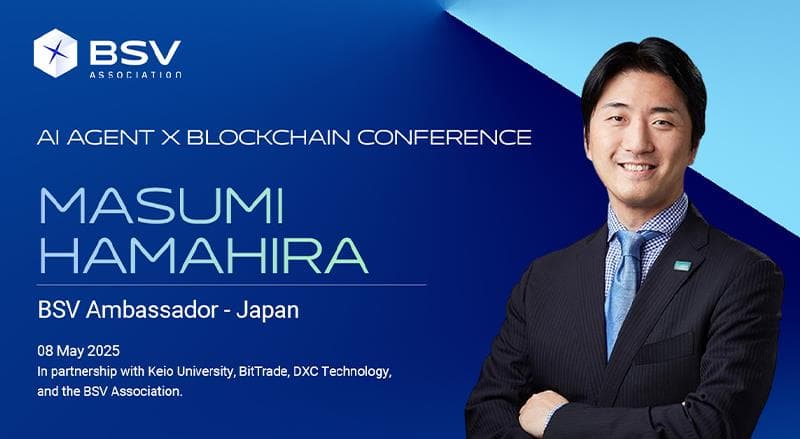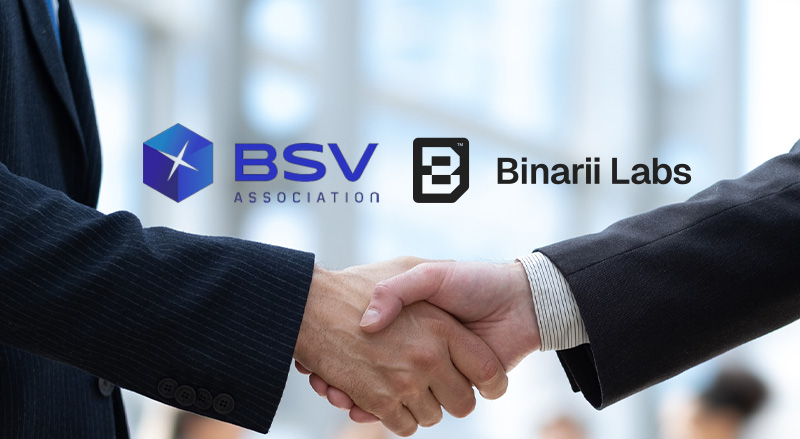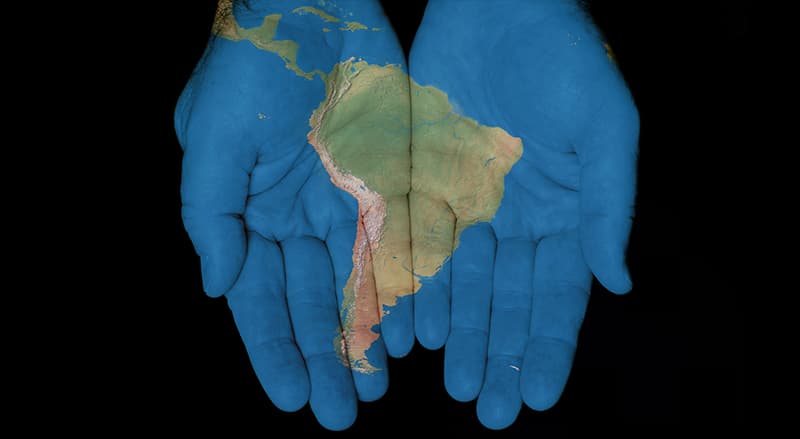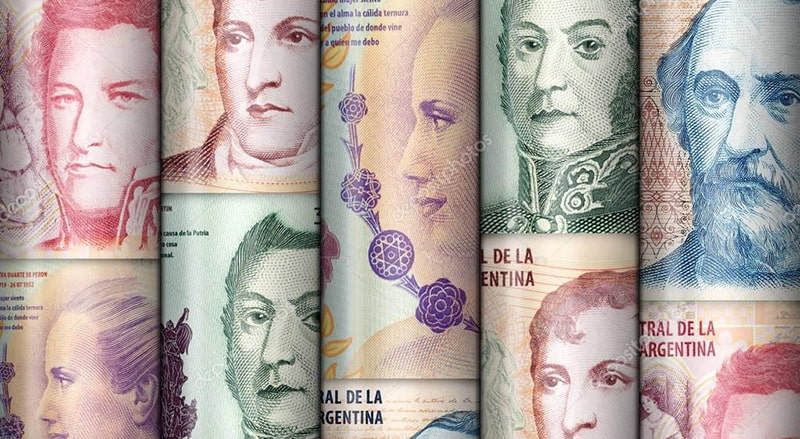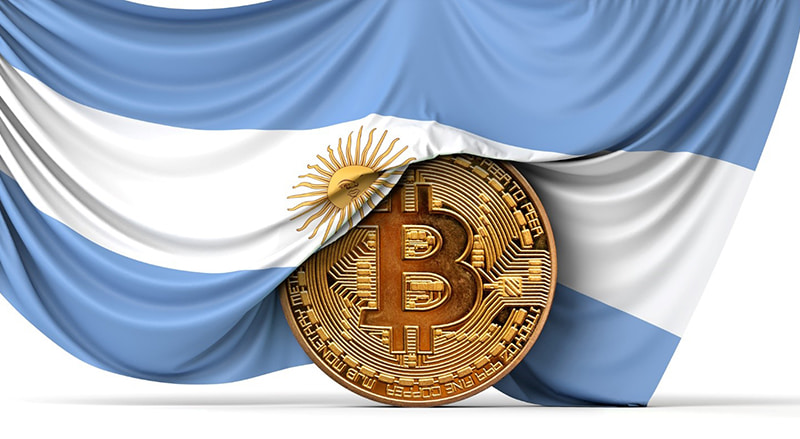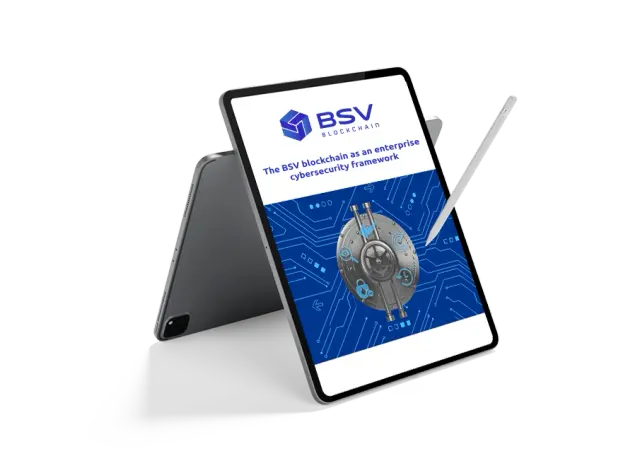Latin America is fast becoming a blockchain pioneer. Not only does the region have all the ingredients to become a world leader in the field, but several exciting private and public projects are already using the technology.
This was one of the key takeaways from the recent MERGE event in Argentina, which brought together leading industry experts to explore groundbreaking advancements and business opportunities in blockchain technology.
The BSV Association (BSVA) spoke to two industry experts who are already using blockchain—particularly the BSV Blockchain—to provide services in Latin America: Bart Olivares, CEO of BSV-based software developer Gate2Chain and BSV Ambassador, and Dr. Eva Porras, Managing Director of enterprise blockchain pioneer SmartLedger and Head of Education at BSVA.
Both highlighted that the region’s unique political and economic climate has made it a pioneer in blockchain adoption at the private and government levels.
“What we see is that there are certain countries in Latin America that are extremely aware of the power of blockchain technology,” explained Dr. Porras. “And the reason why they are ahead of, let’s say, Europe or the United States is because they have recurrent macro problems for which blockchain technology is a solution.”
“So this is the reason why there are large pockets of (blockchain) communities in countries like El Salvador, Argentina, and Venezuela—because they have to deal with issues like high inflation, fraud, crime, and so on. About a decade ago, they began to realise that blockchain would be a very good solution to these problems. And this awareness did not just stay within the younger community but has infiltrated the government as well.”
Gate2Chain’s Olivares speaks in similar terms, saying, “We have been analysing what’s been going on with the Argentinian government, and we think it’s a great opportunity because they want to put a control on corruption.”
The Argentina example is apt. Since the 1970s, Argentina has faced recurring hyperinflation, starting with a crisis in 1975 driven by price controls and fiscal deficits and peaking in the late 1980s with inflation hitting 2,600% annually. To stabilise the economy, the Convertibility Plan was introduced, pegging the peso to the U.S. dollar, but it collapsed during the 2001 financial crisis. Inflation has persisted ever since, surpassing 140% by 2023.
This economic instability fueled public support for drastic reforms, including those proposed by Javier Milei, a self-proclaimed anarcho-capitalist who advocates abolishing the central bank and fully dollarising the economy.
“This situation has created an opportunity to help the Argentine government to better control their public funds and all related government activities,” said Olivares.
The turmoil has presumably played a role in making Argentina something of a leader in government blockchain: the government already uses the technology to reach its citizens. In 2024, the government announced it was rolling out QuarkID for citizens in the capital, a blockchain-based identity solution that provides decentralized digital identities for its citizens.
“So, for example, if you want to request a certificate of birth or any kind of government documentation, they are already using certain aspects of the blockchain to ensure the correct identification of the person to ensure the document they are providing is the real one and so on,” Dr. Porras said.
This was echoed by Olivares, who noted that much of this adoption is based on the fact that these communities trust and know blockchain and how it can scale.
“Blockchain is providing the ability to trust data because when you use paper or traditional databases, you cannot trust this information 100%. It can be changed, it can be manipulated, and it can be deleted. So now it’s important to have that integrity and that immutability layer that provides more trust to the global supply chains,” he said.
It is challenging to get a government or business to recognize the value of decentralized ledger technologies, but the fact that pioneering projects like those described by Dr. Porras exist represents an important first step. After all, the true use of blockchain requires that a government radically rethink how it manages its data and provides services to citizens.
However, once that initial step is taken, governments’ focus will naturally turn to optimization and selecting the blockchain technology that fits the vast needs of their population or business. For example, a blockchain with high transaction costs might be adequate for some governments for some use cases, but it would be a non-starter in regions where transaction costs need to be consistently low at scale.
“Any kind of supply chain system needs scalability and stability. In Latin America, the cost is also a key factor,” said Olivares.
“We need an affordable technology for them, as they cannot spend a lot of money like in the U.S. or Europe for big projects. Imagine a coffee exporter in Colombia, for instance, they need a lot of volume for registration and transactions. So, we need low fees, stability, and scalability.”
That’s where the BSV Blockchain comes in. It’s an enterprise blockchain, meaning its design revolves around being able to scale to meet the needs of very large businesses and governments without exorbitant cost. For BSV Blockchain, a region like Latin America, which has already begun its blockchain journey, represents an opportunity to build and ‘leapfrog’ the region’s early experimentations.
A blockchain education
Inevitably, this approach requires educating users, businesses and governments on why the BSV blockchain is a better fit over competing chains.
“There is a lot of confusion and competition between different blockchain projects and blockchain protocols. So, it’s important to have proper education there and try to reduce the confusion,” explained Olivares.
This was echoed by Dr. Porras, whose team plays a key role in educating about the distinct advantages of the BSV Blockchain.
“I think the easiest way is to approach them with use cases they can understand. They will then be able to intuit about how best to use the technology in their businesses,” she said
Dr. Porras gave a recent example when she presented at a conference about placing a civil works program on-chain.
“For example, if you construct a road, a bridge, or a building, you first have to build it. And, of course, according to the new legislation, you have to have some type of certificate for each one of the materials you are using. But furthermore, you have to ensure that they fulfil the requirements and the right specifications in the legislation. And all this has to be done under a strict construction timeline and follow sustainability rules.”
Outlining this process clearly makes it obvious how blockchain can benefit the businesses, governments, and suppliers involved. Dr. Porras added that some of the world’s larger construction companies have thousands of projects ongoing at any given time, making blockchain a natural fit for tracking and tracing in the industry.
“And if you want to use blockchain technology for all of these projects, you need to use a blockchain technology that can scale,” said Dr. Porras.
It also needs to be a blockchain that can give you the service you require with immediacy, within the costs, and while addressing all the safety concerns. Dr. Porras continued: “If you cannot do thousands or millions of operations within minutes and you can do them at a low cost, then you can’t forecast in advance.”
“So basically, what we are doing is just proposing regular use cases and then trying to have the audience pay attention to the individual requirements. What would be the requirements be for, say, an operations manager to be able to purchase this technology? And of course, if you cannot budget it, it cannot grow to your needs, and so on, then it’s not the technology for you.”
The BSV Blockchain already making inroads
Education will take time, but the BSV Blockchain is already making inroads in the region, as both Dr. Porras and Olivares explained.
Dr. Porras said she is already working on identity certification projects in Argentina and hints that more may be in the pipeline.
“How people identify themselves, how they ask and request information, and how they ensure it gets to the right people. And then, how do you make certificates that are adequate for all these types of issues? So we are working on this, and then we have two other things that are quite interesting, but I am not at liberty (to discuss them) right now.”
Argentina is not the only country where the BSV blockchain is making inroads, as Olivares and his team at Gate2Chain have already begun work on several projects across the region.
“We are working with private companies, like exporters in Colombia, for material [tracking] and tracing their production before exporting,” he said. “So, this can provide visibility in terms of supply chains because they are mainly exporting to the U.S., and they want to give consumers their visibility.”
Olivares said his team is working on similar projects with producers in Peru, on loyalty programs and marketing tools to help Chilean businesses better engage with customers.
“It’s mainly these four countries: Argentina, Colombia, Peru and Chile. And they are eager to adopt digital technologies. So, I think that there is a great opportunity to introduce some blockchain products.”
While these countries might have wildly different governments, political systems, and even economic policies, Dr. Porras said the Latin America region as a whole shares a similar passion for blockchain adoption.
